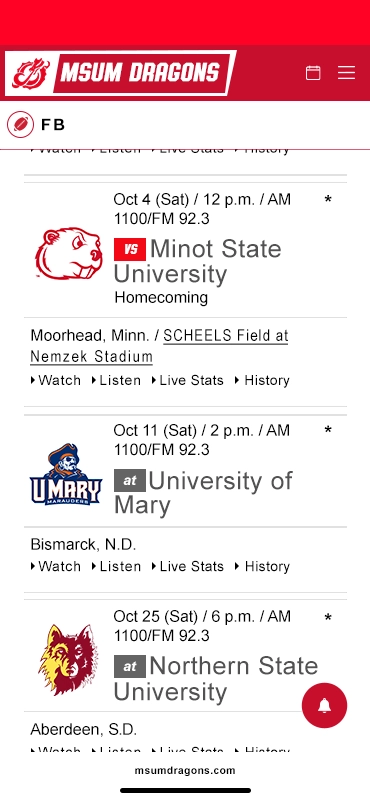Owl History
The Owl Creed
I believe the good of mankind exceeds the bad and triumps over it. I believe the good in these men can outgrow the bad and conquers it. I believe the refinement of hear makes for refinement of manner, that beauty of surrounding makes for purity of souls. I believe in a sound mind in a sound body clean habits temperate passions,I believe in companionship and good cheer, in efficiency and zeal. in scholarship and a courageous humble and enduring spirit. I believe in the ultimate brotherhood of man and the present brotherhood of owls. I accept this man on the same terms and he as he has promised to accept me as a brother owl.
The Old Order of Owls
About the Old Order of Owls
The Old Order of Owls was formally established in 1901 by James D. Mason, although its roots trace back to 1897. The fraternity emerged as a close-knit brotherhood at Moorhead Normal School, where Mason, along with 18 other young men, sought to create a mystic society for male students to foster camaraderie. The early gatherings took place in the attic of the Kurtz Mansion, a fitting location haunted by both night owls and legends of Moorhead’s first banker, Thomas Kurtz.
The group’s symbolic nature was strengthened by rituals, “mystic numbers,” and ceremonies inspired by Ivy League societies. With faculty members like Edwin Reed and Harold Stanford contributing to its traditions, the Owls grew into the largest fraternity on campus by the 1930s. Despite the decline of campus fraternities by the 2000s, the Owls’ legacy endures.
The brotherhood was as much about camaraderie and social gatherings as it was about service and leadership. From the infamous spring parties hosted at local alumni-owned properties to charity events, the Owls left an indelible mark on Moorhead’s history. Their mascot and crest, adorned with the number 8, remains a mystery, but their commitment to each other, to the school, and to the community will forever define the spirit of “Owldom.”
The Founding
In the year 1901, at what was then known as Moorhead Normal School, a group of young men with a shared sense of purpose and camaraderie came together to form what would become one of the most influential and enduring fraternities on campus—the Old Order of Owls. This organization, born out of a desire for fellowship and leadership, has its roots firmly planted in the traditions of brotherhood and personal growth. However, the seeds of the organization had been planted even earlier, in 1897, when discussions first began among the students.
The catalyst for this gathering of like-minded men was James D. Mason, a visionary student who, at the age of 33, took on the mantle of leadership and became the first “Father Owl.” Mason was considerably older than many of his peers, a fact that earned him the affectionate title of Father Owl. He had been instrumental in the early discussions of forming a brotherhood, drawing inspiration from the informal meetings that took place at the now-legendary Kurtz Mansion, colloquially known as “The Ghost House.” These meetings often took place at odd hours, under the cover of secrecy, and were filled with passionate debates about the group’s future direction.
Mason’s vision extended beyond merely creating a social club; he wanted to foster a sense of unity and purpose that would guide young men through their academic and personal lives. He emphasized the importance of mutual support, academic achievement, and leadership, which became the pillars of the organization.
In the spring of 1901, the Old Order of Owls was officially recognized, with Mason passing the leadership to George Wardeberg, who became the second Father Owl. Wardeberg, a Norwegian immigrant born in 1873, took the fraternity to new heights, establishing many of the formal traditions and rituals that would define the Owls for years to come. Under his leadership, the fraternity grew, although slowly at first, as Wardeberg believed in quality over quantity, ensuring that only those men who truly embodied the Owl ideals would be initiated.
Traditionally, Owls were taught that there were 8 original members. However, the reality was that there were 19 original members. These men came from diverse backgrounds, but they all shared a commitment to brotherhood and leadership, traits that set them apart on campus. Together, they helped lay the foundation for a fraternity that would become a cornerstone of student life at Moorhead Normal School. The number 8, though sacred with the Owls, does not coincide with the number of the original members.
Buildings on Campus named after Owls

- Kise Commons
- Nemzek Hall
- MacLean Hall
- Hagen Hall
- Snarr Hall
- Ballard Hall
- Weld Hall
Old Order of Owls MSUM Campus Legacy
The Old Order of Owls were a Men’s Fraternal Organization originally founded in 1897 and formally recognized by Moorhead Teacher’s College in 1901. The Owls were an integral part of the university, campus leadership, athletics, students activities throughout it’s existence.
The Owl presence is everywhere on campus from the distinguished MSUM Alumni, to names on buildings, to the Owls statues that look down on you as you enter those buildings. When you walk on one of the eight paths that converge at the center of campus, know the Eternal Owl Spirit is with you. The design was not a coincidence.

